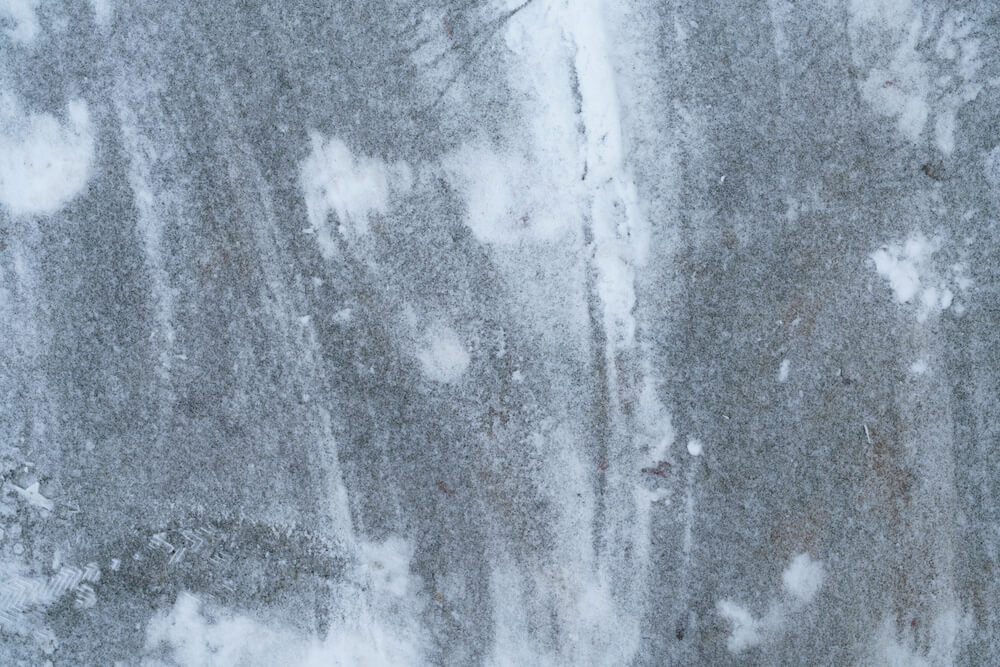If you live in an area of heavy snowfall like Maryland, you may be used to clearing snow from your driveway and walkway leading into and out of your home. But, what of specialist pavers? Many modern pavers have specialist properties giving them vibrant color, in fact, even traditional concrete pavers aren’t invulnerable.
How best should you care for these pavers when the snow and ice fall?
Clearing the snow
The best advice when clearing snow from pavers is to use plastic shovel whenever possible, or alternatively use plastic blade protectors. It’s safe to use a snow blower on pavers but you should use a plastic shoe on the end.
Metal shovels can not only scratch the surface of stone pavers but they can also leave behind tiny particles which can rust into your pavers and eventually affect their visual appeal.
Choosing the right de-icer
There’s mixed information online about the various salts and de-icers on the market, one thing’s for sure they are certainly different from one another. Each with their own properties, which are best?
Common rock salt (sodium chloride)
Widely used on pavers, sodium chloride is a safe, budget-friendly option, however, it does have some downfalls.
1. Effective temperature: 15 °F (-9 °C) and above
2. Risks: Can damage grass, plants & metal
Sodium chloride can also damage pavers if soaked into porous pavers once melted. A good defensive measure is to rinse off the salt, although be wary of your lawn, flower beds, the salt can make the soil inhospitable.
Calcium chloride
A slight step up from sodium chloride, this salt is effective at lower temperatures and is less damaging to lawns. Calcium chloride products are often designed to minimize the spread of melted ice, both into your home and between the pavers.
Effective temperature: 0 °F (-18 °C) and above
Risks: Can damage concrete in heavy doses
In very high concentrations, calcium chloride can be damaging to concrete pavers. It is also a known skin irritant (use gloves).
Potassium Chloride
Perhaps the most expensive but all round better for your pavers and the environment.
- Effective temperature: 12 °F (-11°C) and above
Potassium chloride does not chemically attack concrete, however, the downside is that it is slower acting than other salts.
De-icing salts – General rules
As a general rule calcium-based products are best for use on pavers. De-icers that contain magnesium can be very damaging to concrete and decorative pavers and are not recommended. Be aware of “myths” that claim the benefits of magnesium-based salts for de-icing.
If you are unsure what is in the products you are using, do not risk it when it comes to concrete! Instead, use sand to prevent slips and slides.
Protective treatments
If you have a walkway, driveway or steps that constantly ice over, one solution is to install heat cables underneath. And yes, it is possible after the installation of your pavers, but during installation is certainly easier. This is made possible by feeding electric or glycol based tubing/cables through the sand bedding below your pavers. Walkways and steps are usually easier to install underfloor heating as there’s a much smaller surface area to deal with.
Another option, which doesn’t require digging below the pavers, is to use a sealant. In addition to protecting against stains and surface damage, protecting the vibrant colors of many decorative pavers, sealants are also popular to help protect against the snow and ice according to experienced installers for pavers in CT.
